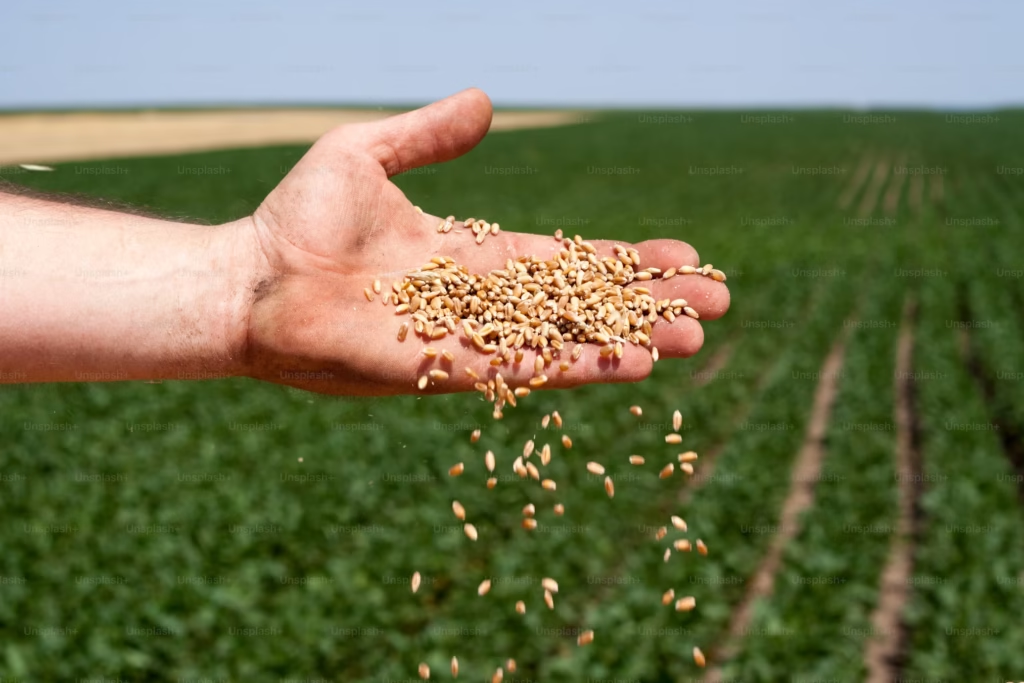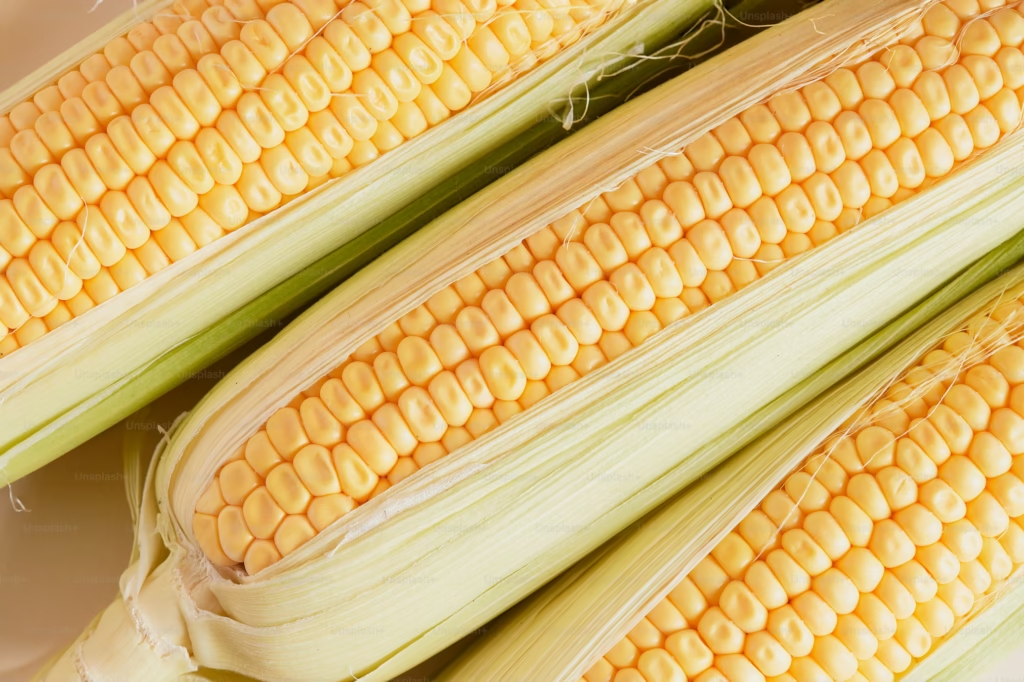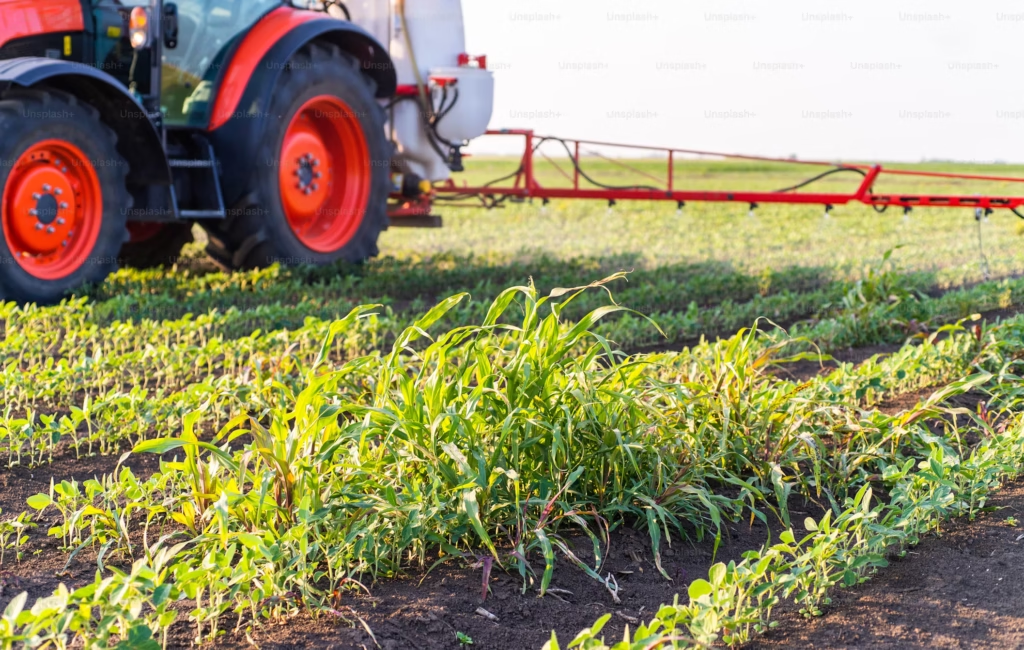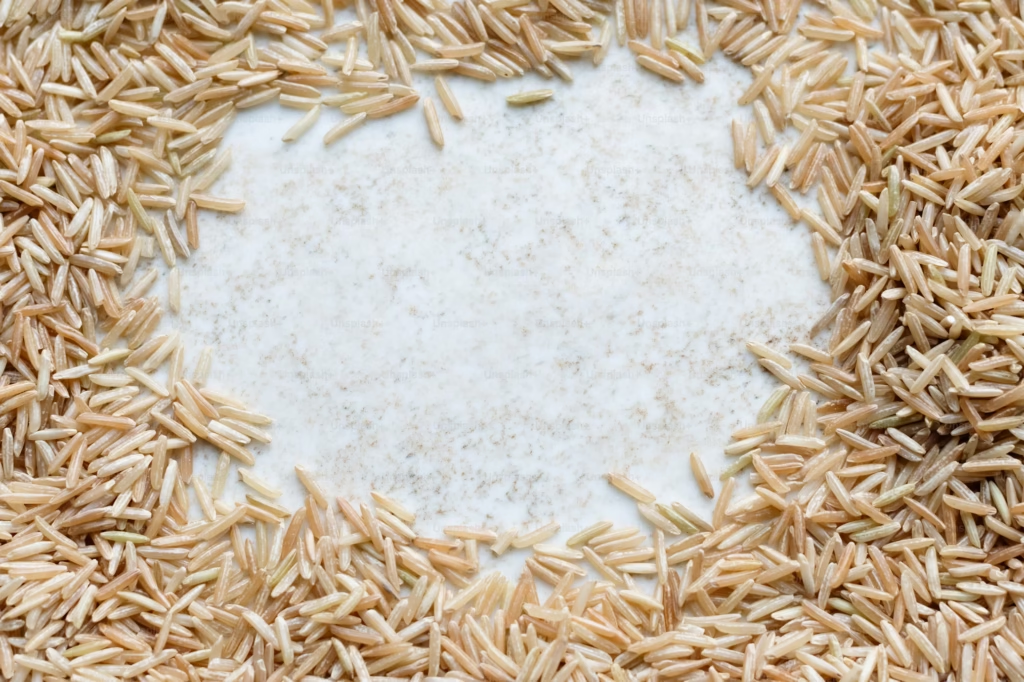
Best Fertilizers for Wheat and How to Use Them
Wheat is one of the most widely cultivated crops globally, and to ensure a high-quality, high-yield harvest, proper fertilization is crucial. Fertilizers supply essential nutrients that wheat needs to grow strong and produce good yields. This guide will explore the best fertilizers for wheat and how to use them effectively to promote healthy growth.
1. Nitrogen-Based Fertilizers
Nitrogen is the most important nutrient for wheat growth, as it is essential for the development of leaves and stems, which are responsible for photosynthesis. A lack of nitrogen can result in poor growth and reduced grain yield.
Best Nitrogen Fertilizers:
- Urea (46-0-0): This is one of the most common nitrogen fertilizers for wheat. It’s highly concentrated, so it should be applied carefully to avoid nitrogen burn.
- Ammonium Nitrate (34-0-0): This fertilizer is another great source of nitrogen and is available in both liquid and granular forms. It can be applied in split doses to reduce the risk of leaching.
- Ammonium Sulfate (21-0-0): Apart from nitrogen, ammonium sulfate also provides sulfur, which is beneficial for wheat’s protein content.
How to Use:
- Apply nitrogen fertilizers in split applications: One dose at planting and another at the tillering stage (around 4-6 weeks after planting). This approach helps maintain a steady supply of nitrogen throughout the growing season.
- In regions with heavy rainfall or irrigation, use controlled-release fertilizers to minimize leaching.
2. Phosphorus-Based Fertilizers
Phosphorus is essential for the development of strong roots and early plant growth. It plays a key role in energy transfer within the plant and is crucial for seed formation and grain quality.
Best Phosphorus Fertilizers:
- Superphosphate (0-20-0): A widely used fertilizer that provides a high concentration of phosphorus. It is available in both single and triple superphosphate forms.
- Diammonium Phosphate (DAP) (18-46-0): This is a highly effective phosphorus fertilizer that also provides nitrogen. It is particularly useful when planting wheat, as it aids in early root development.
How to Use:
- Apply phosphorus fertilizers at planting or early in the season, as phosphorus is not highly mobile in the soil.
- For soil with a low pH, consider using rock phosphate or bone meal to increase phosphorus availability.
3. Potassium-Based Fertilizers
Potassium helps wheat plants resist diseases, improve drought tolerance, and enhance overall plant health. It also plays a role in regulating water and nutrient transport within the plant.
Best Potassium Fertilizers:
- Potassium Chloride (KCl) (0-0-60): Also known as muriate of potash, this is the most commonly used potassium fertilizer. It’s an excellent source of potassium for wheat.
- Potassium Sulfate (K2SO4) (0-0-50): This fertilizer provides both potassium and sulfur, which is vital for the formation of wheat proteins.
How to Use:
- Apply potassium fertilizers in split doses: One dose during planting and another during the heading stage (when the wheat plant begins to form its grain).
- Be cautious with the amount of potassium applied in high-salt soil areas, as it can lead to soil salinity buildup.
4. Micronutrient Fertilizers
In addition to macronutrients (nitrogen, phosphorus, and potassium), wheat also requires micronutrients, though in smaller amounts. These micronutrients help enhance the plant’s overall health, disease resistance, and yield.
Essential Micronutrients:
- Zinc: Essential for wheat growth, zinc plays a vital role in enzyme activity and protein synthesis. Deficiency can lead to stunted growth and poor grain development.
- Iron: Helps in the formation of chlorophyll, the compound responsible for photosynthesis.
- Manganese and Copper: Important for enzyme activity and disease resistance.
Best Micronutrient Fertilizers:
- Zinc Sulfate: This fertilizer is commonly used to correct zinc deficiencies, which can cause chlorosis (yellowing of leaves) and reduced yield.
- Chelated Micronutrient Mixes: These fertilizers contain a combination of several micronutrients, including zinc, iron, and manganese, and are easily absorbed by the plant.
How to Use:
- Micronutrient fertilizers should be applied according to soil test results to ensure you apply the correct amounts. Zinc is often applied at planting, while other micronutrients can be applied during the growing season.
5. Organic Fertilizers
For those who prefer organic farming practices, several organic fertilizers can provide wheat with the necessary nutrients without relying on synthetic chemicals. Organic fertilizers often improve soil health and structure, which benefits wheat in the long run.
Best Organic Fertilizers:
- Compost: Rich in organic matter, compost improves soil structure, water retention, and nutrient availability.
- Manure: Well-decomposed manure (chicken, cow, or horse) is an excellent source of nitrogen, phosphorus, and potassium. Be sure to compost it before use to avoid the risk of pathogens.
- Fish Emulsion: A great source of nitrogen, fish emulsion is also rich in trace minerals.
How to Use:
- Apply organic fertilizers before planting, allowing time for decomposition and nutrient release.
- Organic fertilizers may require more frequent applications, as they release nutrients more slowly than synthetic options.
6. Fertilizer Application Tips
To get the most out of your wheat fertilization, here are some key tips for applying fertilizers effectively:
- Soil Testing: Always perform a soil test to determine your wheat crop’s specific nutrient needs. This will help you avoid over-fertilizing or under-fertilizing.
- Split Applications: Split the fertilizer application into multiple doses to ensure steady nutrient availability. Apply at planting and again during key growth stages (tillering and heading).
- Timing: Fertilize wheat during periods of active growth. Applying too early can result in nutrient leaching, while late applications may not benefit the crop.
- Application Methods: Use a broadcast spreader for granular fertilizers, or consider fertigation (fertilizer application via irrigation) for liquid fertilizers, ensuring even distribution.
Conclusion
Fertilization is a crucial practice for achieving high wheat yields. By understanding the specific nutrient requirements of your soil and wheat variety, you can make informed decisions about which fertilizers to use. Nitrogen, phosphorus, and potassium are the primary macronutrients, but don’t overlook the importance of micronutrients and organic options. Proper timing, application methods, and careful monitoring will ensure your wheat crop receives the nutrients it needs for optimal growth and productivity.



